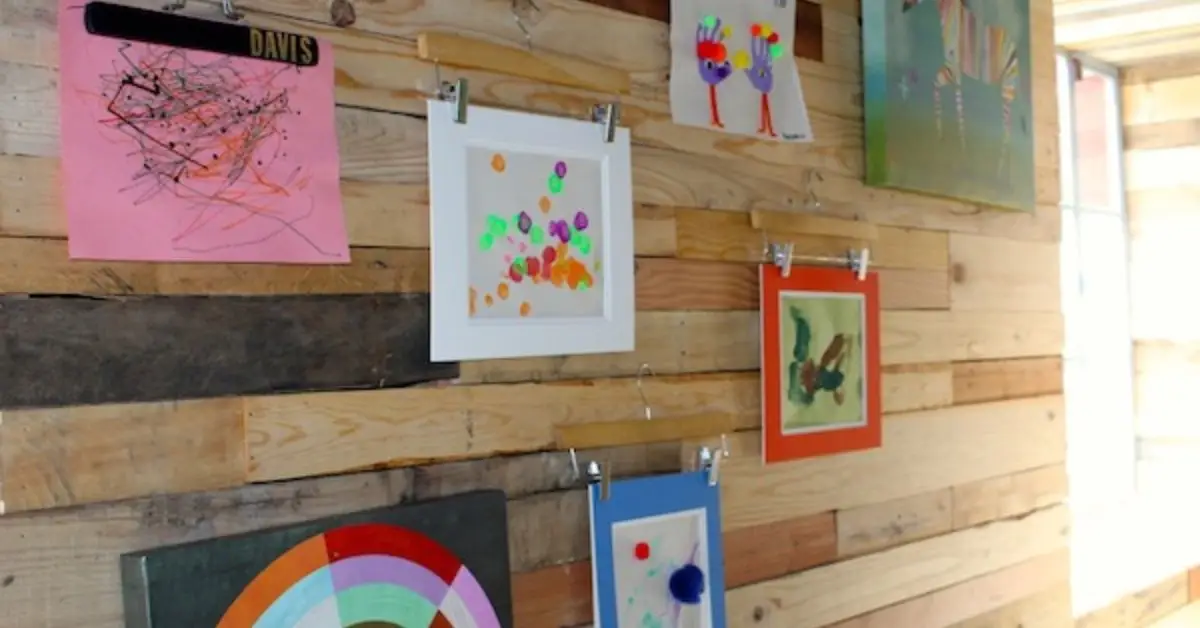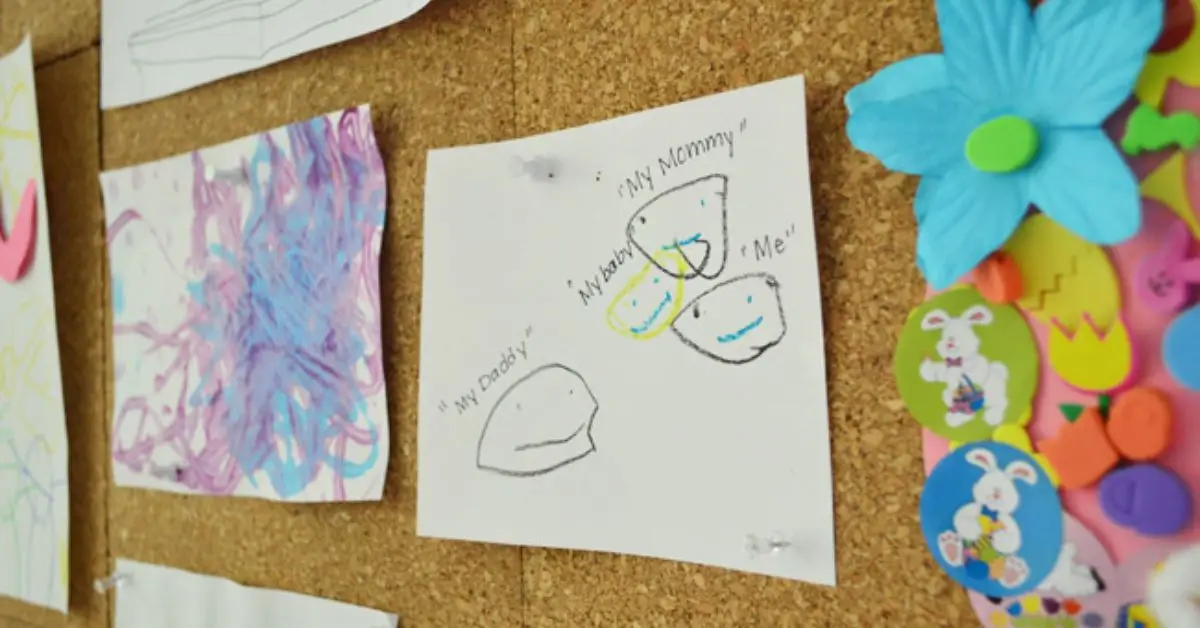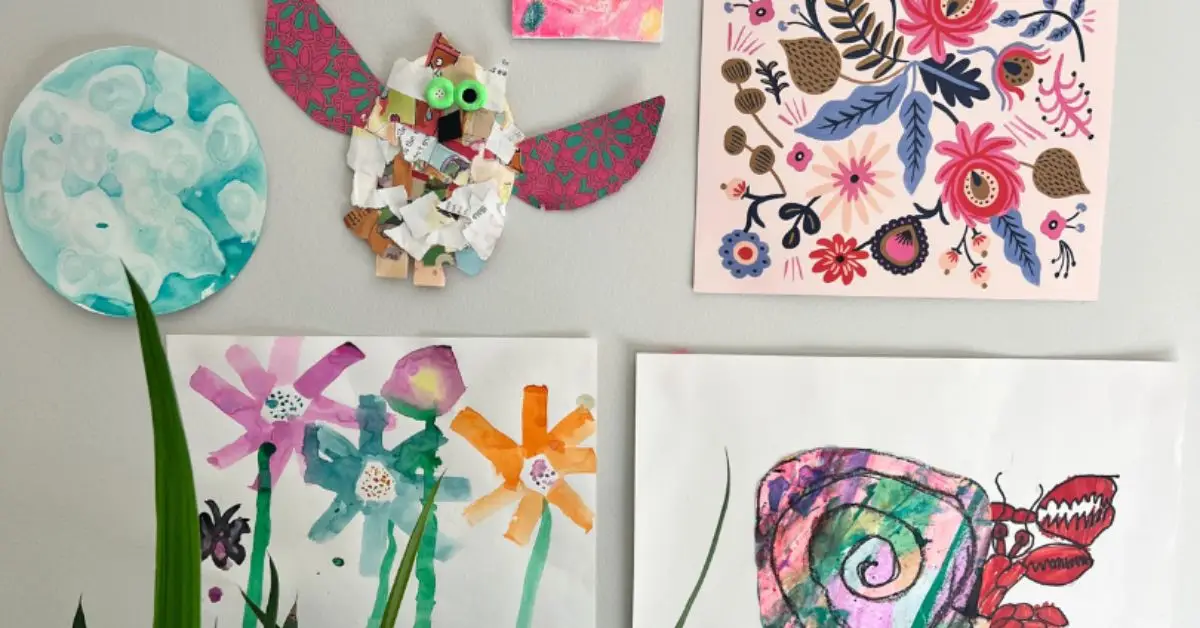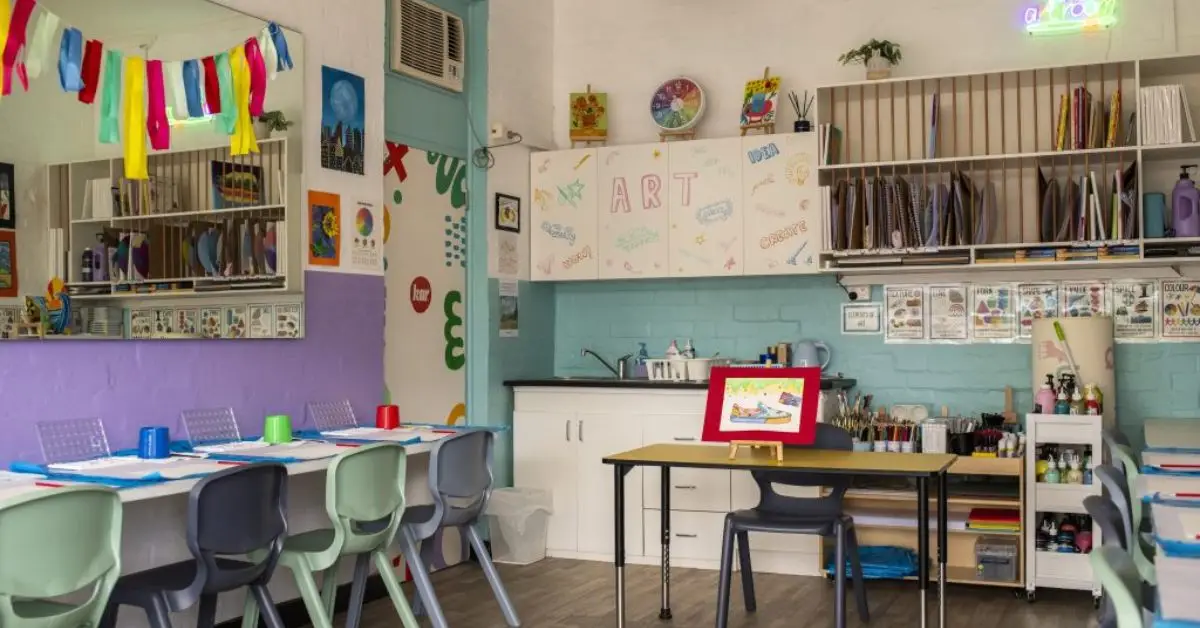10 Fun and Safe Ways to Turn Your Child’s Artwork Into Home Décor
I still remember the thrill of cutting a tiny handprint into a frame and watching my kid’s face light up. You don’t need to be an interior designer to make your child’s art look intentional — and you definitely don’t need another messy pile on the fridge.
Over the years I’ve helped families and tweaked small-home galleries, and I’ve learned what actually matters: the display must be easy to swap, genuinely safe for kids, and blend with your home’s style. That’s what I’ll help you do.
In the next few minutes I’ll give you ten ideas — from simple magnetic strips and cliplines to polished shadow boxes and keepsake books — plus quick safety rules and storage tips for the pieces you rotate out.
No fluff, just straightforward, stylish options you can set up this weekend. Ready? Grab a handful of your child’s best pieces and let’s turn them into a mini gallery you’ll actually be proud of.
1. Magnetic Wooden Strips or Clothesline Systems

If you want a display that’s easy to update, magnetic wooden strips or a simple clothesline system is a game changer. They let you swap out art in seconds — no tools, no hassle. This is perfect if your child is always bringing home new creations.
Why parents love this method:
- Quick rotation — change the art without touching nails or frames
- Minimal wall damage — great for renters or anyone who changes decor often
- Works for both flat drawings and lightweight crafts
- Keeps the space looking neat and intentional, not cluttered
One of my favorite setups is the IKEA DIGNITET curtain wire system. It’s sleek, affordable, and blends into almost any room style.
2. Front-Opening or Shadow Box Frames for Rotation
There’s something timeless about framing a child’s art — it says, “This matters.” But let’s be honest, traditional frames can be a pain to open. That’s where front-opening frames step in. You simply open the front, slip in a new piece, and close it back up.
Why this works beautifully:
- Keeps the wall looking polished while letting you change art often
- Great for seasonal displays — spring flowers, holiday crafts, etc.
- Prevents dust build-up on delicate art
- Encourages kids to choose which piece gets the “frame of honor” next
For 3D art, shadow boxes are perfect. They can hold collages, paper sculptures, or layered projects without squishing them. I’ve even seen families use one dedicated box to rotate different crafts through the year — a small idea that makes a big impact in the room’s personality.
3. Clipboards, Corkboards & Giant Bulletin Boards

Sometimes the simplest solutions are the most fun. A wall of clipboards or a big corkboard gives you the freedom to swap out artwork in seconds. Kids love being part of the process — they can pin up their latest masterpiece or unpin something to make space for new work.
Why it works so well:
- No framing needed — saves time and money
- Great for showcasing multiple pieces at once
- Kids feel ownership over the display
- Can be themed — nature week, holiday art, or family portraits
Giant bulletin boards work especially well in playrooms or hallways, where the display becomes part of the daily walk-by.
4. Floating Shelves & Easels for 3-D Art
Not all art is flat. Some of the most treasured creations are sculptures, clay models, or layered mixed-media pieces. Floating shelves or small tabletop easels give these works the space and depth they deserve.
How to make it stand out:
- Use staggered shelf heights for visual interest
- Pair small easels with spotlight lamps for extra drama
- Mix framed flat art with 3-D pieces for a mini gallery effect
- Keep shelves at a safe height for little hands
This method turns your child’s art into a décor statement without overwhelming the space. If you’re looking for inspiration on blending practical storage with style, our guide on Top 5 Home Office Décor Fixes for 2025 has some clever shelf and layout ideas that work beautifully in kids’ spaces too.
5. Art Collage Posters & Books

If you’re running out of wall space but still want to keep every drawing, collage posters and photo books are a lifesaver. You scan or photograph the art, then print it as a single large poster or arrange it into a professionally bound book. It’s clutter-free, easy to store, and a beautiful keepsake for years to come.
Why you’ll love it:
- Combines dozens of pieces into one display
- Perfect for gifting to grandparents or family
- Saves physical space while keeping memories intact
- Works as a yearly tradition — “2025 Art Collection”
I first saw this idea on The Artful Parent, and it’s one of the smartest ways to preserve creativity without letting it take over your walls.
6. Seasonal Rotating Displays & Storage Bins
Kids create so much art that if you try to display it all year-round, it can start to feel like visual overload. A seasonal rotation keeps your walls fresh and your child’s work feeling special. Swap out displays to match the time of year — spring pastels, autumn leaves, or festive holiday themes.
How to make it work:
- Dedicate one “gallery wall” that changes every 3–4 months
- Store off-season art in labeled bins or flat archival boxes
- Let kids choose what goes up each season for a sense of ownership
- Create a little “reveal day” to make the swap fun
This approach keeps your home décor dynamic and ensures no special artwork gets lost in the shuffle. Just like boosting your curb appeal can instantly change a home’s first impression, using these 5 Curb Appeal Tricks indoors for your art displays can create a fresh, welcoming vibe each season.
7. Transformative Collages by Professional Artists
If you’ve been saving your child’s artwork for years, you can transform those stacks into one beautiful statement piece. Professional artists can scan or photograph the originals and arrange them into a single collage — printed on canvas, paper, or even fabric.
Why it’s worth considering:
- Preserves dozens of memories in one frame
- Adds a polished, gallery-style look to your home
- Makes an incredible gift for grandparents or milestone birthdays
- Reduces clutter without losing the sentimental value
This option turns years of creativity into a keepsake you’ll proudly display.
8. Safety-First Tips for Displaying Kids’ Art
Art displays should look good and be safe for curious little hands. A few simple adjustments can make sure your gallery is hazard-free.
Safety pointers to remember:
- Use non-toxic adhesives or mounting putty
- Swap glass fronts for lightweight acrylic
- Keep displays away from direct sunlight to prevent fading
- Check that all wall fixings are secure and stable
As Happiest Baby, points out, even something as harmless as a corkboard can become risky if it’s within reach and loosely fixed. Stylish matters, but safety means you can actually enjoy the display without worry.
9. Digital Frames & Slideshows for Kids’ Art
If you’re short on wall space but want to showcase everything, digital frames are a lifesaver. Simply scan or photograph your child’s artwork, upload it to the frame, and let it rotate through the images all day.
Why this is a win:
- Displays hundreds of pieces without clutter
- Great for tech-friendly homes
- Easy to update from your phone or computer
- Perfect for preserving art that might fade or tear over time. And if you’re into quick, impactful upgrades, you’ll love our list of 11 Super-Quick Home Fixes Under 5 Minutes — perfect for sprucing up your display area in between art swaps.
This is also a great option for families who want to share art with relatives — many digital frames allow remote uploads from anywhere in the world.
10. Themed Art Corners or Mini-Gallery Nooks

Sometimes all you need is a small dedicated space to make a big impact. Turn an unused corner, hallway, or nook into your child’s personal gallery. Add a chair or a small bench, a spotlight lamp, and their favorite pieces of art.
How to set it up:
- Choose a spot that’s easy to see but not in the way
- Use matching frames or displays for a cohesive look
- Rotate the theme — animals, nature, self-portraits, or seasonal designs
- Add a nameplate like “Mia’s Art Gallery” for a personal touch
This not only elevates their confidence but also creates a little area where guests can pause and appreciate their work.
Wrapping It Up
Your child’s artwork isn’t just paper and paint — it’s a window into how they see the world. Whether you choose a sleek digital frame, a rotating seasonal wall, or a cozy gallery nook, the right display can make those creations feel celebrated, not cluttered.
The key is to balance style, practicality, and safety so you can enjoy the display as much as your child enjoys creating it. Even small changes — swapping frames, adding a corkboard, or dedicating a corner — can turn everyday drawings into treasured home décor.
So, now I’m curious — how do you display your child’s art at home? Do you rotate it, frame it, or go digital? Share your favorite ideas… maybe they’ll inspire another parent reading this.
For more home décor and family-friendly ideas, visit Build Like New.
Disclaimer: The ideas shared in this article are for informational purposes only. Always ensure that any display materials, tools, or hardware you use are safe, secure, and age-appropriate for children in your home.


